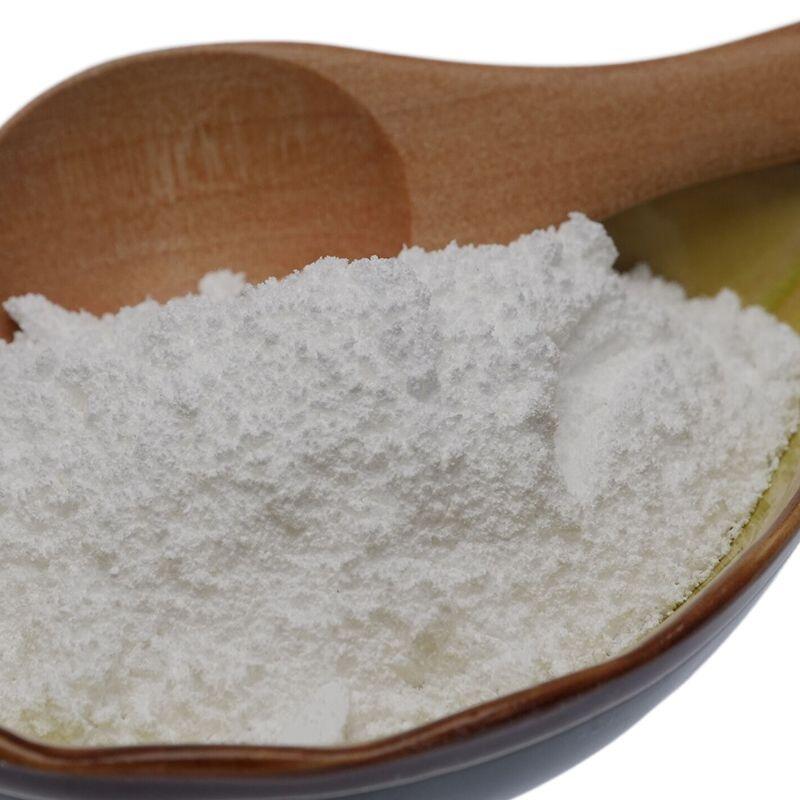-
Categories
-
Pharmaceutical Intermediates
-
Active Pharmaceutical Ingredients
-
Food Additives
- Industrial Coatings
- Agrochemicals
- Dyes and Pigments
- Surfactant
- Flavors and Fragrances
- Chemical Reagents
- Catalyst and Auxiliary
- Natural Products
- Inorganic Chemistry
-
Organic Chemistry
-
Biochemical Engineering
- Analytical Chemistry
-
Cosmetic Ingredient
- Water Treatment Chemical
-
Pharmaceutical Intermediates
Promotion
ECHEMI Mall
Wholesale
Weekly Price
Exhibition
News
-
Trade Service
Indinavir sulfate is an antiretroviral drug that is commonly used in the treatment of HIV and AIDS.
It is a protease inhibitor that works by blocking the activity of the enzyme protease, which is necessary for the replication of the virus.
Indinavir sulfate is known for its effectiveness in treating HIV, but it is also known for its potential toxicity.
In this article, we will explore the safety of indinavir sulfate and how it is used in the chemical industry.
Safety Profile of Indinavir Sulfate
Indinavir sulfate is known to cause a number of side effects, some of which can be serious.
The most common side effects of indinavir sulfate include nausea, diarrhea, vomiting, abdominal pain, and loss of appetite.
These side effects are usually mild and improve on their own over time, but in some cases, they may be severe enough to require medical treatment.
In addition to these side effects, indinavir sulfate can also cause more serious adverse reactions.
These can include kidney damage, liver damage, and hyperbilirubinemia, which is a condition characterized by an excess of bilirubin in the blood.
Bilirubin is a waste product that is produced when the body breaks down old red blood cells.
It is usually eliminated from the body through the liver and the kidneys, but if there is too much of it in the blood, it can cause serious problems.
Indinavir sulfate can also cause other serious side effects, such as pancreatitis, which is inflammation of the pancreas, and Stevens-Johnson syndrome, which is a serious skin condition that can be life-threatening.
Despite its potential side effects, indinavir sulfate is still considered to be a safe and effective treatment for HIV and AIDS.
It is typically prescribed along with other antiretroviral drugs, and when used correctly, it can reduce the amount of virus in the body and help to prevent the progression of HIV to AIDS.
However, it is important for patients to monitor their health and report any side effects or adverse reactions to their healthcare provider.
Indinavir Sulfate in the Chemical Industry
Indinavir sulfate is primarily used in the chemical industry as a catalyst in the production of polyurethane foam.
It is used in the manufacture of a number of different products, including furniture, carpets, and insulation.
It is also used in the production of films, fibers, and coatings.
The use of indinavir sulfate in the chemical industry is widespread, and it is considered to be a valuable commodity.
It is typically produced in large quantities, and it is traded on a global scale.
It is also used in the production of other chemicals, such as pharmaceuticals, pesticides, and dyes.
Indinavir sulfate is also used in research and development, particularly in the field of organic chemistry.
It is used as a catalyst in a number of chemical reactions, and it is also used as a building block for the synthesis of new compounds.
Overall, indinavir sulfate is a valuable and versatile chemical that is used in a wide range of applications in the chemical industry.
While it is known to have some potential side effects, it is still considered to be a safe and effective treatment for HIV and AIDS.
It is typically prescribed along with other antiretroviral drugs, and when used correctly, it can help to reduce the amount of virus in the body and prevent the progression of HIV to AIDS.
However, it is important for patients to monitor their health and report any side effects or adverse reactions to their healthcare provider.







